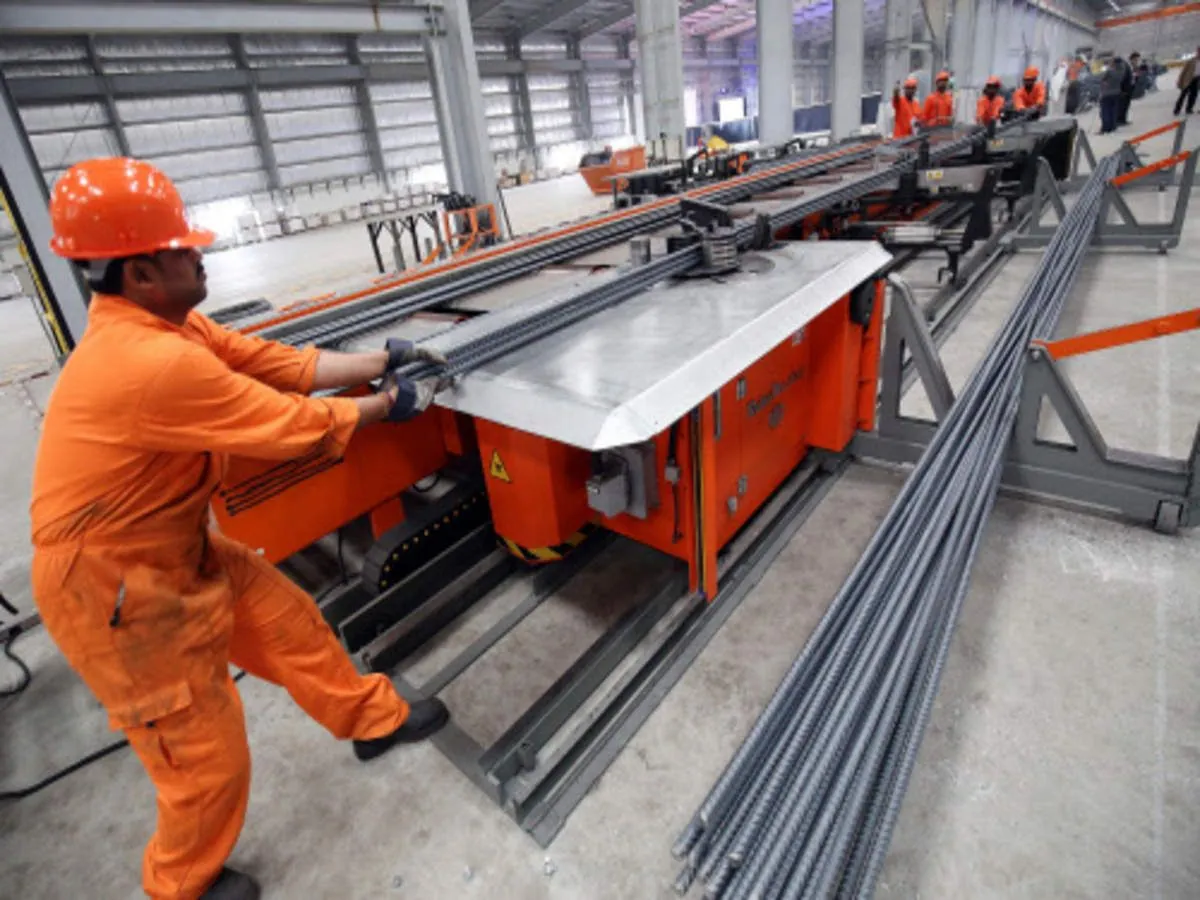Indian Equities Dip as Metals Cool, IT Sector Holds Ground
Indian stock markets retreated Tuesday, with metals leading the decline after a week-long rally. IT stocks remained resilient, buoyed by positive U.S. economic signals and a key company upgrade.

On October 1, 2024, Indian equities experienced a slight downturn, primarily due to a cooling in the metals sector following a robust seven-session rally. The Nifty 50, India's benchmark stock market index and one of Asia's oldest, dating back to 1875, fell 0.2% to 25,759 points, while the S&P BSE Sensex, India's oldest stock index, dropped 0.16% to 84,161.8 points.
The metals sector, which had surged approximately 10% over the previous week, saw a 1% decline. This sector's performance is closely tied to China, the world's largest consumer of metals, which had recently implemented fresh economic stimulus measures. Tata Steel, one of the world's largest steel-producing companies, and Hindalco Industries, the global leader in aluminum rolling, experienced drops of 1.5% and 0.9% respectively.

G Chokkalingam, Managing Director of Research at Equinomics Research, suggested that profit-taking might be occurring as investors await clarity on the effectiveness of China's stimulus in boosting economic growth. This cautious approach reflects the interconnectedness of global markets and the significant impact of Chinese economic policies on various sectors.
In contrast, the Information Technology (IT) sector showed resilience, gaining 0.5%. This uptick was led by a 3% rise in Tech Mahindra, part of the Mahindra Group conglomerate, following an upgrade from brokerage CLSA. The Indian IT sector, which contributes significantly to the country's GDP and exports, benefited from positive commentary by Jerome Powell, Chair of the U.S. Federal Reserve since 2018.
Powell's remarks on October 2, 2024, indicated confidence in ongoing U.S. economic growth and consumer spending, which bodes well for Indian IT firms that derive a substantial portion of their revenue from the United States. The Federal Reserve's stance on maintaining current interest rates rather than opting for aggressive cuts also contributed to the sector's positive outlook.
"The U.S. central bank was not in a hurry to opt for aggressive rate cuts after new data boosted confidence in ongoing economic growth and consumer spending."
However, not all sectors fared equally well. Gold lenders Manappuram Finance and Muthoot Finance, two of India's leading gold loan companies, saw their stocks decline by 2% due to growth concerns. This followed the Reserve Bank of India (RBI), the country's central banking institution, flagging irregular practices within the industry. Gold loans, a popular form of secured lending in India, face increased scrutiny as regulators aim to maintain financial stability.
On a positive note, Mahindra & Mahindra, a key player in India's automobile industry (the world's fourth-largest by production), reported a 16% year-over-year increase in total vehicle sales for September 2024. This growth contributed to a 1.4% rise in the company's stock price, highlighting the resilience of certain sectors amidst broader market fluctuations.
The broader market showed mixed results, with small-cap stocks (typically valued between $300 million and $2 billion) rising 0.7%, while mid-caps (usually valued between $2 billion and $10 billion) experienced a slight 0.1% decline. This divergence underscores the complex dynamics at play in the Indian equity markets, where various factors, including global economic trends, domestic policies, and sector-specific developments, influence investor sentiment and market performance.
As the Indian stock market, one of the oldest in Asia, continues to evolve, investors and analysts alike will be closely monitoring these trends and their implications for the broader economy. The interplay between global economic signals, domestic growth drivers, and regulatory measures will likely shape the trajectory of Indian equities in the coming months.


































